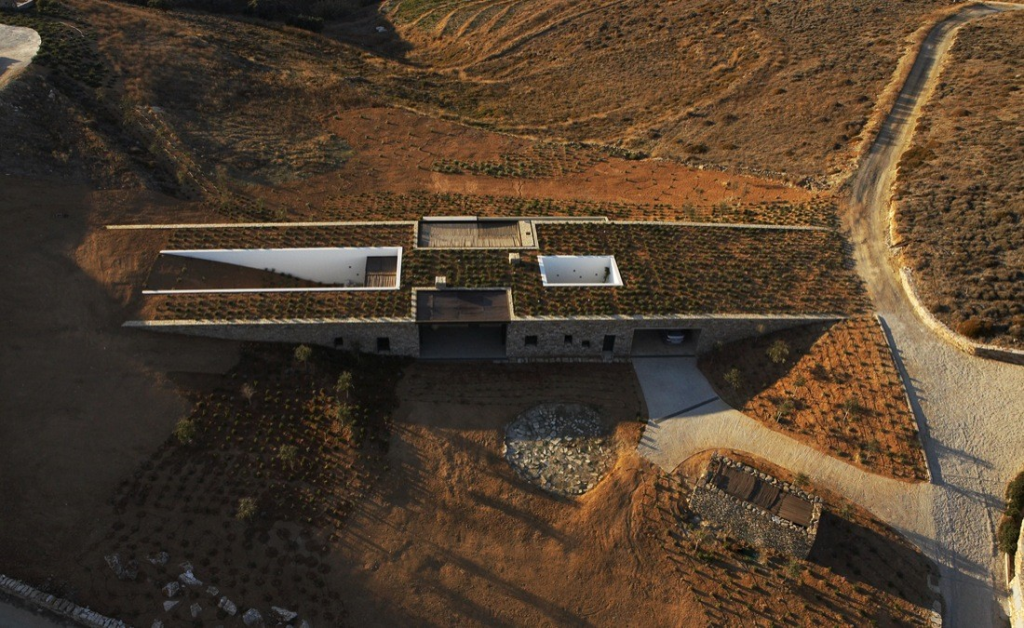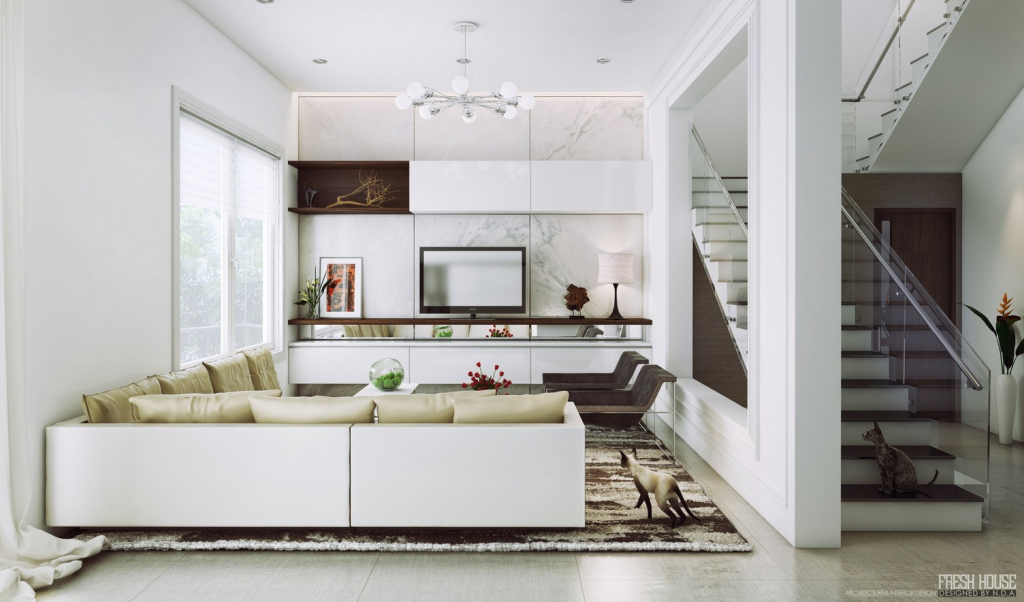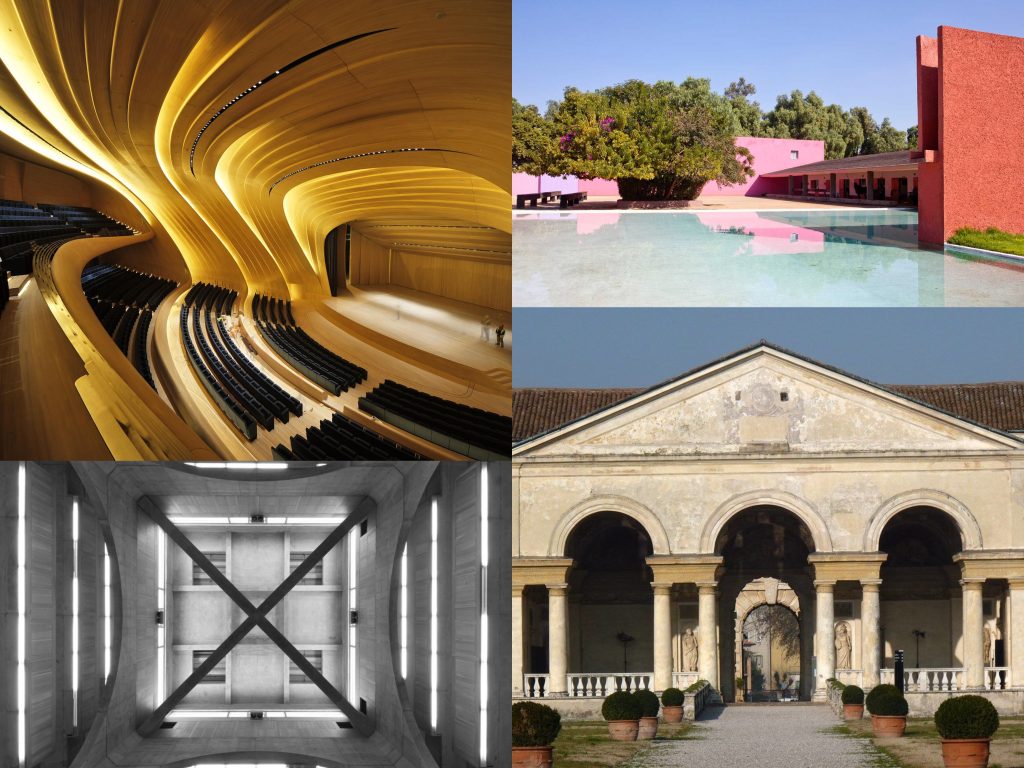Architecture as Composition
Architecture and composition means the relation that architecture has with the place, spqace, form and function.
-Place:
- Relation of contrast, where the project dominates the place
- Relation of camouflage, in which the building melts and mix well with its entourage.
- Relation of organism, where the building integrates with the elements in a way that shows sensitivity to the place
- Relation of contextualism, where the building expresses a meaning that justifies its place.

The dancing house, by: Vlado Milunić, it shows how a certain architecture can dominate the place surrounding it.

Aloni house, by decaACHITECTURE, manifest the relation between a building and its entourage, and how the building camouflages into the environment.

Villa Mairea, by Alvar Aalto, shows that the beauty of a building shines in the way it integrates in the environment.

The Kursaal Congress Centre and Auditorium , by Rafael Moneo, is a case of contextualism,
-Space:
- Classic space: close and compact characters noticed in history.
- Space without a center: does not exist until used, inspired by the traditional Japanese space.
- Modern space: breaks the box and lets the space flow allowing horizontal and vertical connections.
- Contemporary space: the entire building is unique and distinguished.\

Japanese traditional space that sets an example for architecture without a center.

picture of modern architecture breaking one big room into small rooms.
-Form:
To those who maintain that architecture derives only from function, only from technique or only from construction, it can be answered with the same security that architecture derives only from an idea, only from space, only from the instinct of beauty and joy.
Bruno Taut
Architecture can be arranged in many forms and parts to make a -whole- , the arrangement of form could be represented as: Rhythm, Axis, Symmetry, Hierarchy, Module, Grid, Movement, Unity, Centrality, Color, Texture…

-Function:
- Mechanical functionalism: its root comes from the industrial revolution, in way that the beauty of constructions comes from the mechanical efficiency.
- Organic functionalism: architecture takes a biological sense, to emerge with the environment and that includes human and social activities.
- Moralistic functionalism: a building should mean literally what it serves, it has to be faithful to its purpose.